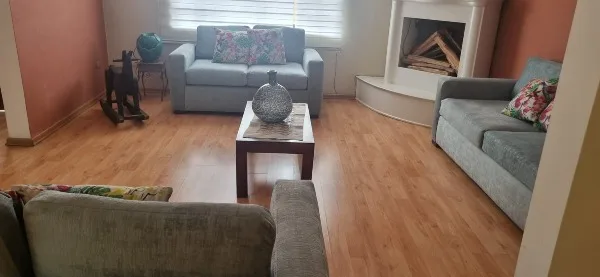Has Ecuador’s media law leveled the public information playing field or been a government tool of censorship?
One of the most controversial laws enacted during President Rafael Correa’s presidency has been the media law aimed at making access to information a public right.
The law put restriction on the private print and broadcast media Correa claimed was a right-wing tool of the “oligarchy” and wielded too much power in the country. The intent of the law, according to Correa, was to “level the media playing field” and give more power to the people.
Among the provisions of the new law was a process to fine newspapers and television and radio stations for distributing information the government found discriminatory or untrue.
Critics say that President Rafael Correa’s media mandates, including daily self-presented broadcasts on the achievements and progress of the Correa government equate to old-fashioned censorship. They say that language used in the legislation was copied from a law enacted by Italian dictator Benito Mussolini almost a century ago.
“It’s a totally different communications strategy from those of other Ecuadorean presidents who always used to go through spokesmen,” says Isabel Ramos, media analyst at Flacso University in Ecuador.
Correa’s supporters applaud the law and say it is long overdue and is essential in reducing the power of the old power elite. They point out that the private-owned media has long been controlled by a small rich, right-wing community.
“Like it or not, Rafael Correa is a phenomenon in the field of communication. He succeeded in permeating the national consciousness. If he wasn’t charismatic, didactic, he may have bored everyone and it wouldn’t have worked. It has happened with leaders before. The only problem is that in this system, the strategy relies too heavily on him and no one else,” says Orlando Perez, editor-in-chief at the government-owned newspaper El Telegrafo.
Recently, a team of Aljazeera reporters visited Ecuador three years after the media law was enacted and produced the attached video. Their intent was to find out how the law was working.
Reporters spoke with Inés Castro, a hairdresser with some interesting insights about the media space in Ecuador. We also spoke with Isabel Ramos, a media analyst at FLACSO University; Martin Pallares, a journalist at 4Pelagatos; Orlando Perez, Editor-in-Chief at El Telegrafo; Patricio Barriga, Secretary of Communications for Ecuador; and Xavier “Bonil” Bonillo, a cartoonist.






















